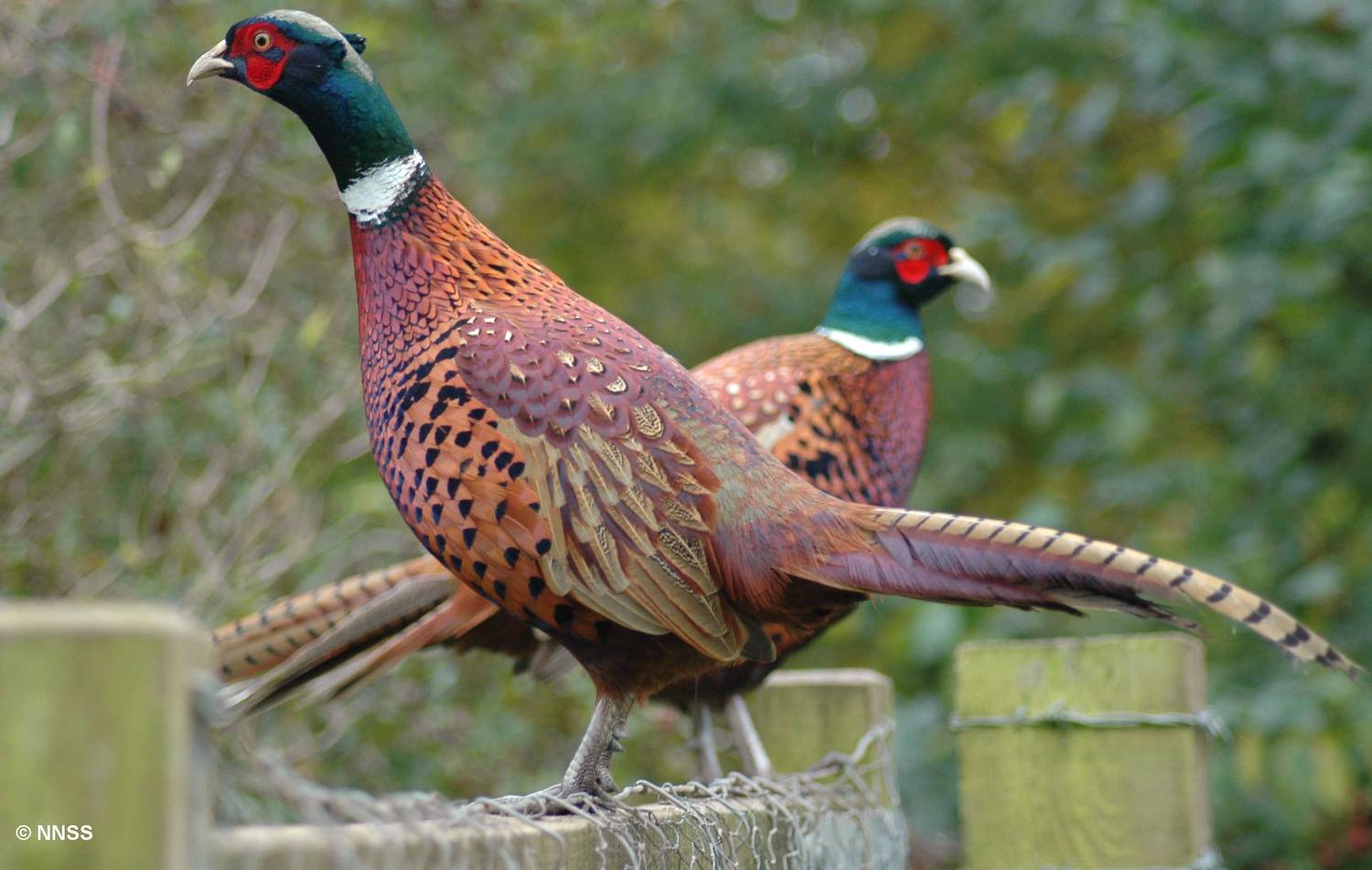Stamp: Cock pheasant (New Zealand- Revenue Stamps 2022)
Cock pheasant (New Zealand- Revenue Stamps 2022)
02 February (New Zealand- Revenue Stamps ) within release Game Bird Habitat Licence goes into circulation Stamp Cock pheasant face value 10 New Zealand dollar
| Stamp Cock pheasant in catalogues | |
|---|---|
| Colnect codes: | Col: NZ GBH29 |
Stamp is horizontal format.
Also in the issue Game Bird Habitat Licence:
- Stamp - Cock pheasant face value 10;
- Souvenir Sheet - Cock pheasant face value 10;
Stamp Cock pheasant it reflects the thematic directions:
Animals are multicellular, eukaryotic organisms of the kingdom Animalia (also called Metazoa). All animals are motile, meaning they can move spontaneously and independently, at some point in their lives. Their body plan eventually becomes fixed as they develop, although some undergo a process of metamorphosis later on in their lives. All animals are heterotrophs: they must ingest other organisms or their products for sustenance.
Birds (Aves), a subgroup of Reptiles, are the last living examples of Dinosaurs. They are a group of endothermic vertebrates, characterised by feathers, toothless beaked jaws, the laying of hard-shelled eggs, a high metabolic rate, a four-chambered heart, and a strong yet lightweight skeleton. Birds live worldwide and range in size from the 5 cm (2 in) bee hummingbird to the 2.75 m (9 ft) ostrich. They rank as the class of tetrapods with the most living species, at approximately ten thousand, with more than half of these being passerines, sometimes known as perching birds. Birds are the closest living relatives of crocodilians.
Pheasants (/ˈfɛzənts/ FEH-zənts) are birds of several genera within the family Phasianidae in the order Galliformes. Although they can be found all over the world in introduced (and captive) populations, the pheasant genera's native range is restricted to Eurasia. The classification "pheasant" is paraphyletic, as birds referred to as pheasants are included within both the subfamilies Phasianinae and Pavoninae, and in many cases are more closely related to smaller phasianids, grouse, and turkey (formerly classified in Perdicinae, Tetraoninae, and Meleagridinae) than to other pheasants



